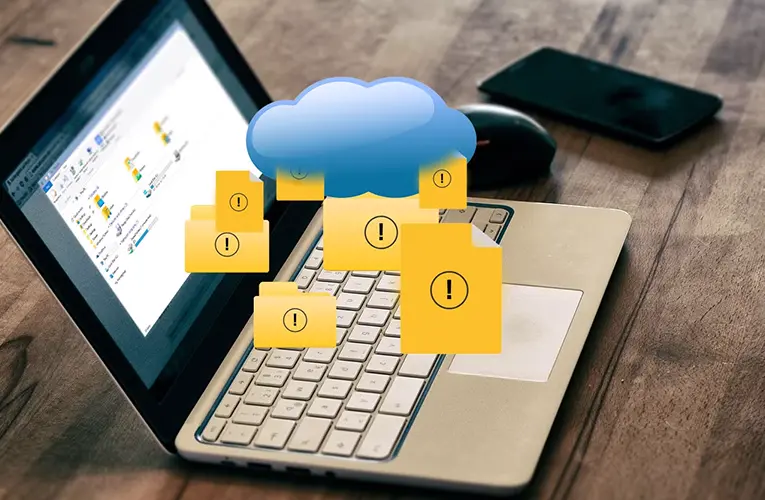“Choosing the Right Data Recovery Software for USA Residents”
### Introduction
– Define the importance of data recovery software in managing and retrieving lost data.
– Highlight the diversity of data recovery software options available to USA residents.
– Outline the structure and objectives of the article.
### Section 1: Understanding Data Recovery Software
– **Definition**: What constitutes data recovery software and its primary functions.
– **Types of Data Loss**: Common scenarios where data recovery software is necessary.
– **Technological Landscape**: Overview of advancements in data recovery technology.
### Section 2: Factors to Consider When Choosing Data Recovery Software
– **Compatibility**: Assessing compatibility with different operating systems and file systems.
– **Features and Capabilities**: Essential features such as scanning options, file type support, and preview functionality.
– **Ease of Use**: User-friendly interface and accessibility for non-technical users.
– **Customer Support**: Availability and quality of customer support services.
### Section 3: Popular Data Recovery Software Options in the USA
– **Review of Leading Software**: In-depth reviews and comparisons of popular data recovery tools.
– **Pros and Cons**: Analysis of strengths and weaknesses of each software option.
– **User Ratings and Reviews**: Aggregate user feedback and ratings from reliable sources.
### Section 4: Data Recovery Techniques and Effectiveness
– **Techniques Used**: Overview of different data recovery techniques (undelete, deep scan, etc.).
– **Effectiveness**: Evaluation of software effectiveness in recovering various types of data.
– **Real-life Scenarios**: Case studies and success stories of data recovery using specific software.
### Section 5: Security and Privacy Considerations
– **Data Protection**: Measures taken by software to protect recovered data.
– **Privacy Policies**: Compliance with data protection laws and user privacy concerns.
– **Encryption Features**: Availability of encryption options for sensitive data.
### Section 6: User Guides and Tutorials
– **Resources for Users**: Availability of comprehensive user guides, tutorials, and FAQs.
– **Training and Support**: Additional resources provided by software developers to assist users.
– **Community Support**: Engagement with user communities and forums for troubleshooting.
### Section 7: Pricing Models and Affordability
– **Cost Structure**: Comparison of pricing models (one-time purchase, subscription, freemium).
– **Value for Money**: Assessment of affordability versus features and performance.
– **Free vs. Paid Software**: Benefits and limitations of free and paid data recovery software.
### Section 8: Case Studies and User Experiences
– **Examples of Successful Recoveries**: Case studies illustrating successful data recoveries using specific software.
– **User Testimonials**: Feedback and experiences shared by USA residents who have used data recovery software.
– **Comparison with Professional Services**: Analysis of software versus professional data recovery services.
### Section 9: Choosing Data Recovery Software for Different Needs
– **Business vs. Personal Use**: Considerations for selecting software based on business or personal data recovery needs.
– **Specialized Needs**: Software options for recovering specific types of data (photos, documents, etc.).
– **Recommendations Based on Scenarios**: Tailored recommendations for different data loss scenarios.
### Section 10: Future Directions and Innovations
– **Emerging Technologies**: Innovations shaping the future of data recovery software.
– **User Experience Improvements**: Predictions for enhancing user experience and software effectiveness.
– **Market Trends**: Insights into the evolving landscape of data recovery software in the USA.
### Conclusion
– Recap the key considerations for choosing data recovery software for USA residents.
– Final thoughts on the importance of selecting the right software for managing data loss.
– Call to action for readers to prioritize data protection and recovery strategies.
### Additional Considerations
– Incorporate statistical data, research findings, and expert opinions to support key points.
– Include quotes and insights from software developers, IT professionals, and users of data recovery software.
– Ensure a balanced perspective by discussing both strengths and limitations of different data recovery solutions.










